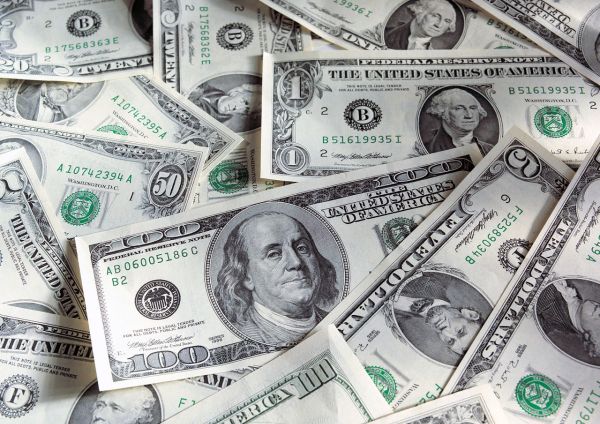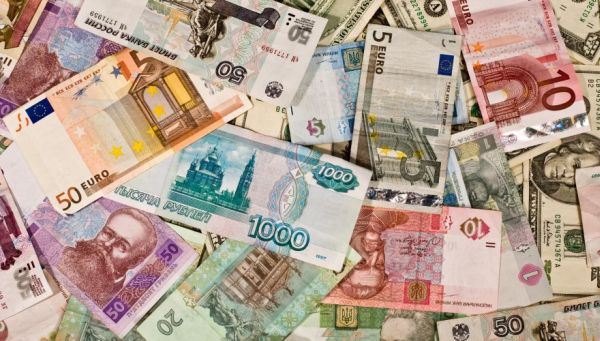It’s been a year since Raghuram Rajan, the governor of RBI (Reserve Bank of India) saved the Indian Rupee from collapsing. As such, Rajan’s inflation war can be considered as the key to safeguarding the nation’s currency. The RBI governor has also claimed that the risk of market volatility increases for developing economies with high inflation rates as developed nations end their monetary easing. Speculation about the Federal Reserve raising its interest rates because of the improving US economy has led to the Indian rupee falling by 2.2% to 61.1450 /dollar in just one month.

Normalization of the US rates would not affect India much owing to the increase of foreign reserves as well as the reduced external vulnerability of the latter. However, high inflation still threatens to create a major hindrance in curbing maximum outflows. Borrowing costs have been raised three times already since September when Rajan took office. Since then, the rupee has rebounded nearly 12% and foreign reserves have gone up to $320 billion.
The rate increases may have brought inflation below the targeted 8% for January 2015. But it would increase pretty soon as indicated by the consumer prices which rose to 7.4% last month when compared to 7.3% last year. Rajan has indicated at the possibility of easing the policy in case the inflation rate drops faster.
Anticipating the rise in US borrowing costs in the near future, the RBI has chosen to keep its rates unchanged in order to handle inflation as well as strengthen its defense against market volatility. The RBI has also been increasing its foreign reserves in order to strengthen its ammunition in case of such a scenario. Accordingly, the country’s foreign reserves have risen to $14 billion this year from just $8 billion in 2013, with global investors also purchasing Indian equities for $12 billion.

The dramatic increase in foreign reserves can be attributed to Prime Minister Narendra Modi’s landslide victory in the elections in May, thereby triggering hope of a much-needed revival in the nation’s economy. RBI’s curb on gold imports however, created a shortfall in the nation’s current account, which fell down to $32.4 billion in the trade sector.
The BJP led NDA government has vowed to reduce fiscal deficits to 4.1% of GDP this year. It has also pledged to increase the nation’s reserves by over $66 billion to facilitate an increase in the import cover from 8 months to 10 months.
Over the next few months, the RBI would maintain a sharp watch on inflation and urge India to maintain its current inflation rates in order to prepare itself for the US price rise and the exchange-rate volatility that would follow.
The RBI has urged that the stability of the Indian rupee would to a large extent; depend on the current and future inflation rates in the country. As the US prepares to increase its prices, the RBI has urged the nation to maintain the current inflation rate as well as augment its foreign reserves and strengthen its defense against the exchange rate volatility that would follow this rise.



